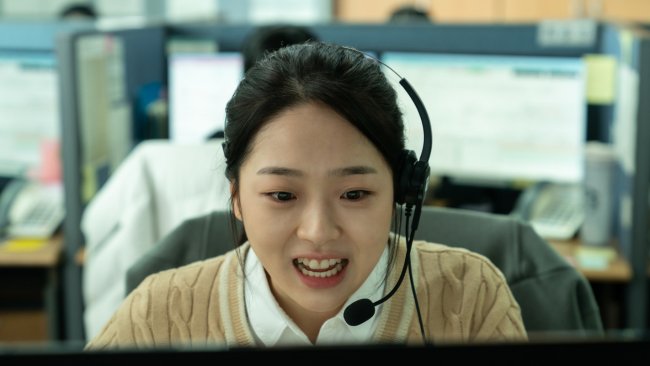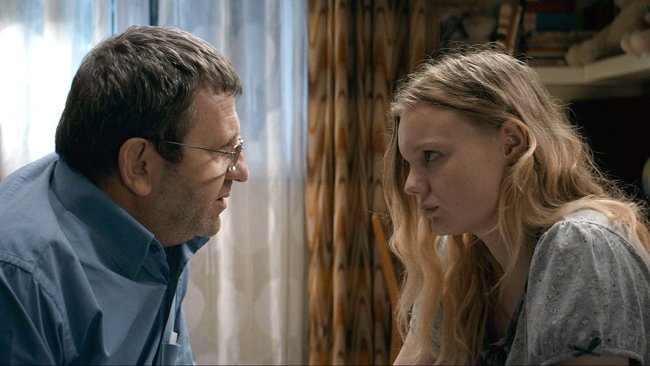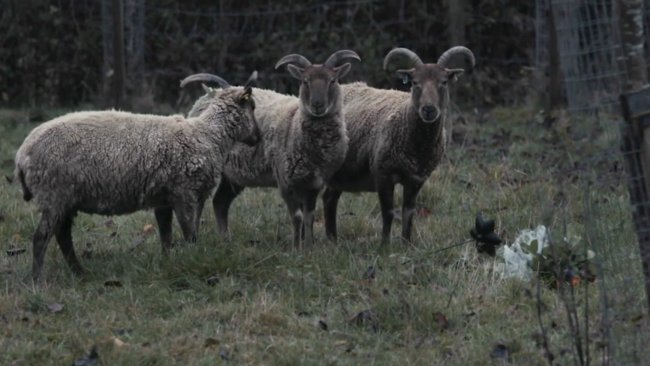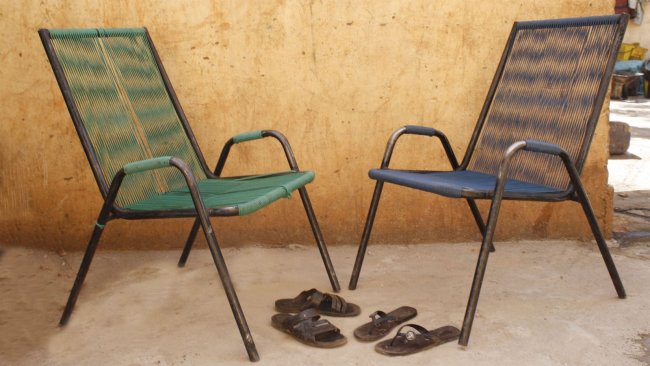Have a Nice Day
[…] Behind the appearance of the noir genre, we find a documentary flavour that is loaded with social criticism and through which we get a coarse picture of China, which is then able also to deliver elements of humanism
[…] The particular aesthetic of the film constitutes a strong experience per se insofar as it seems like a filmic transposition of a comic strip.
[…] Liu Jian can balance rapid action and placid dialogues, realism and that what we call expressive minimalism.
Text: Giuseppe Di Salvatore
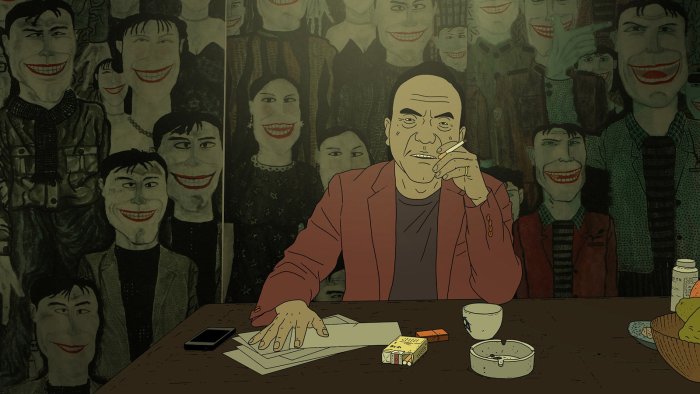
The Chinese suburban world in Have a Nice Day runs on money; literally. All of the characters in the story run, flee, attack or kill for a bag full of money – actually 1 million renminbi, or around 140,000 Swiss francs. The bag passes through the hands of several individuals becoming the trigger for many dreams and frustrations. Even the boss of a mafia gang – to whom the money belongs – runs for it, and with him we scratch the lowest level of cynicism which often leaves room for a spiritualist yearning. In fact, even if Have a Nice Day could not be darker as the night-time constitutes the permanent setting, the film also indulges in philosophical digressions about the meaning of life.
Liu Jian’s nice storytelling is seemingly at the service of the line of action, but in his choice of scenes and in the dialogues we can easily recognize the intention of depicting the daily life of the lower classes of Chinese society. Behind the appearance of the noir genre, we find a documentary flavour that is loaded with social criticism and through which we get a coarse picture of China, which is then able also to deliver elements of humanism; individualism and despair go together with hope and spirituality. That the Chinese government succeeded in censoring this movie at the Annecy festival is not astonishing, but it does prove the short-sightedness of the government as I would say that the realist picture of China in Have a Nice Day is far from being only a negative one.
Liu Jian’s animation film is not only convincing in its effective realist storytelling, but it also fascinates us with its poetic style in the wonderful night scenery, in its care for the details, in how the action is often displaced on the second plane allowing the landscape to prevail. The particular aesthetic of the film constitutes a strong experience per se insofar as it seems like a filmic transposition of a comic strip. The text of the dialogues together with the realist foley of daily life constitute the principal sound of the movie, which often sets the silence on stage reducing the music to sporadic but very strong interventions. The use of the dark screen reinforces a specific managing of the tempo: quick and simple in the action but punctuated with significant pauses, which can create an uncomfortable effect of fragmentation for the viewer. This oddity, however, is essential for a filmic discourse made-up of plenty of digressions: the intervention of new characters, an increasing web of coincidences, fortunes and misfortunes, sudden changes of location. What seems to be a digression always comes back to the main storyline that then grows in complexity.
Liu Jian can balance rapid action and placid dialogues, realism and that what we call expressive minimalism. Have a Nice Day is striking with its irreverent freedom; the filmmaker, for example, does not hesitate to insert a non-animated scene where the sea is filmed from a boat in order to depict the dream of one of the characters. It is definitely not only the story and depiction of China – with its charge of social criticism – that captures our attention and interest in this film, but also the aesthetic experience that we can have: images, tempo and sound create an original filmic language of expressive minimalism that, not unlike the experience of reading comic strips, leave to the viewer enough room for his/her own imagination and reflection.
This article contains a third-party video. If you would like to watch the video, please adjust your settings.
Info
Have a Nice Day | Animation | Liu Jian | CHN 2017 | 77’ | NIFFF 2017 | Fantoche 2017
First published: July 11, 2017
